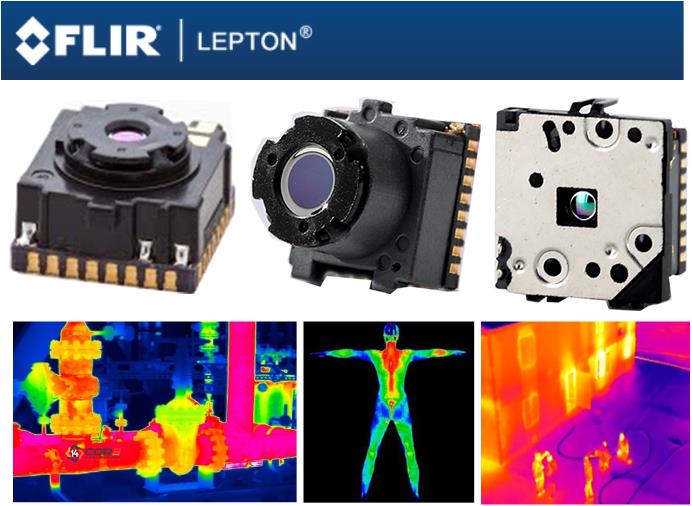
The power circuitry is built around a now-obsolete Sparkfun PowerCell board.

This allows the Reset button on the LCD shield to reset the Teensy. I also added a wire connected to the Teensy Reset pad on the bottom of the board and routed to the Arduino RST header pin. The VUSB power line was connected to the spare Arduino expansion pin and routed to the front board containing the charger via the header. That way the board may be charged via either the Teensy USB connector or the charger USB connector. I use VUSB as the input power to the charger and let the charger supply 5V that is fed back to the Teensy via its VIN to power it. I cut the trace between VIN and VUSB on the back of the Teensy. A pair of 4.7 kohm pull-up resistors pulled to 3V3 is connected to the I2C signals. I also removed the 2-pin power input (J3) that pokes out of the back of the breakout. I brought the signal out to a pin plugged into the same header that the rest of the breakout board's pins connected to. I use it as an interrupt on the Teensy to trigger a set of transfers.
Flir lepton 3 full#
This pin may be used to output a 105.3 Hz VSYNC signal that indicates the start of a segment transmission (a segment is 1/4 of a full frame of data and requires at least 60 164- or 244-byte SPI transfers). Pure Engineering provides a SMT pad on the back of their breakout for the Lepton's GPIO3 pin. A few modifications are made to various boards. The button initially enables power and then the Teensy drives D7 to hold power. It's controlled using a soft-power switch. A LiPo charger/boost converter supplies 5V power to the various boards (the Teensy 3.3 volt regulator drives the 3.3v rail).

The additional circuitry is for power management and control buttons.

Flir lepton 3 pdf#
Most connections between the Lepton module, LCD and Teensy are direct and documented in the image and included PDF schematic using the Arduino-style signal notation. I used an Arduino shield style breakout board to make it easy to connect the Teensy to the display and imaging module. Common to all versions of Lepton, its size allows for integration in a variety of products, including smartphones, diagnostic tools, automobiles, Internet of Things (IoT) devices, building controls, process equipment, security systems, machine vision systems, advanced gaming devices and unmanned aerial systems.The test platform hardware is pretty straightforward. Lepton 3, at 160x120 resolution, delivers four times the thermal resolution as the previous Lepton generation, providing OEMs with image detail, while maintaining the package for even greater utility in commercial applications. Additionally, Lepton has been integrated into numerous third-party OEM products, such as the Cat S60, the first smartphone to feature integrated thermal imaging, the Snap-on Diagnostic Thermal Imager for automotive inspection, and the Black Hornet nano-class drone from Prox Dynamics, a company FLIR acquired in 2016.įLIR also announced that it is making FLIR Lepton 3 available to OEMs to integrate into products. Since its launch, Lepton has been integrated into more than 20 FLIR products, including multiple generations of the FLIR ONE smartphone camera attachment, the FLIR C2/C3 cameras for building professionals, the FLIR Duo camera for drones, and FLIR’s comprehensive line of Infrared Guided Measurement (IGM) test and measurement products.

Lepton features many proprietary technologies, including wafer-level detector packaging, wafer-scale micro-optics, a custom application-specific integrated circuit (ASIC), and a camera package. Launched in 2014, FLIR Lepton became a longwave infrared (LWIR) thermal camera small enough for smartphone integration. FLIR announces FLIR Lepton 3 microthermal cameraĪpril 17, 2017-FLIR announced it is making FLIR Lepton 3, available to original equipment manufacturers (OEMs) for product integration.


 0 kommentar(er)
0 kommentar(er)
